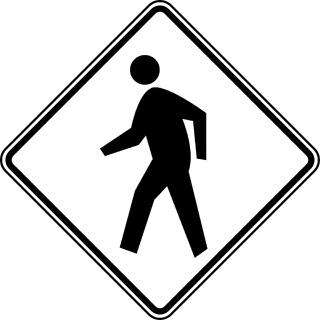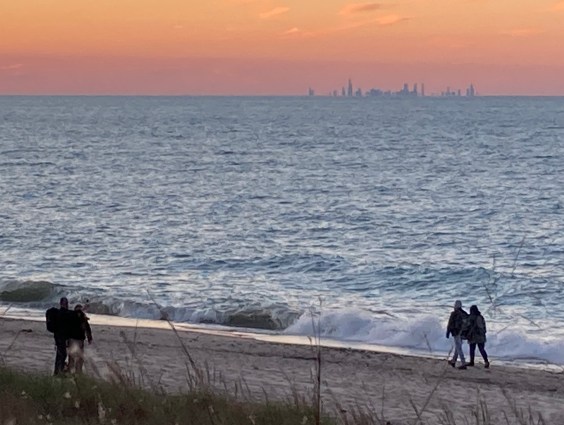You've heard the expression "driving while black?" Perhaps "walking while black" is a thing, too.
A new study, by researchers from Portland State University and the University of Arizona, indicates racial biases play a role in how pedestrians are treated on the roadway.

The researchers observed as six subjects -- three white men and three black men -- tried to cross the same two-lane road. The crossing had a crosswalk but no traffic signal.
The experiment was arranged so that the men were of a similar age and build and were dressed identically. Each crossed 15 times, resulting in interactions with a total of 168 drivers.
They found that the black pedestrians were passed by twice as many cars and waited a third longer than white subjects to cross the road.
Researchers said that in an activity involving split-second decisions like driving, implicit biases that drivers may not even be aware of might affect behavior. The research team also posits this kind of bias could help explain, in part, why minority groups are more likely to be killed in traffic collisions while walking. Black and Hispanic men are about twice as likely to be struck and killed by a vehicle while walking than white men.





